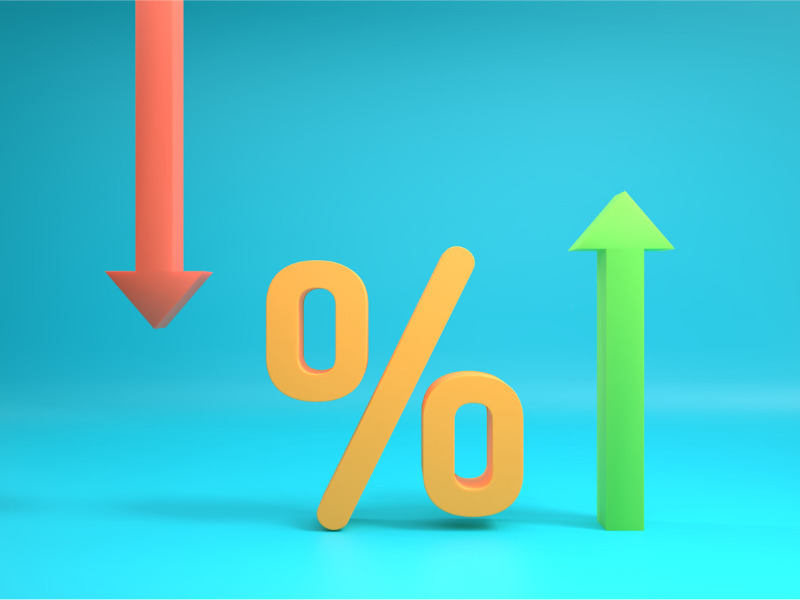How competition may affect commercial liability

Although there have been “growing rumbles of a ‘softening’ in commercial liability markets,” there is limited evidence of softening in the first quarter results of Canadian property and casualty insurers, says Canada’s insurance insolvency protection organization.
The Property and Casualty Insurance Compensation Corporation (PACICC) recently analyzed the new IFRS 17 metric Net Insurance Service Ratio (NISR) for different lines of business. The metric is similar to the old IFRS 4 loss ratio but will generally produce higher numbers, as it now includes acquisition expenses, including commissions and reinsurance as well as the impact of onerous contracts (if any).
To be profitable, and to contribute to growing the capital base of insurers, Canada’s commercial liability markets require an NISR in the range of 75% to 80%.
“In the first quarter of 2024, 10 of Canada’s 13 commercial liability insurance marketplaces reported NISRs better than that threshold,” Grant Kelly, PACICC’s chief economist and vice president of financial analysis and regulatory affairs, and Zhe (Judy) Peng, research associate, write in the latest Solvency Matters quarterly report. The marketplaces refer to Canada’s provinces and territories.
“It is difficult not to assume that these results will encourage more competition and attract more capital in the next few quarters,” Kelly and Peng write. “And if this indeed takes place, these good results will not last long.”
Commercial insurance rate increases are trending downward, according to recent findings from the Swiss Re Institute, Applied Systems, and Aon Canada.
“On the casualty side, we observe a trend of general market softening across most long-tail lines,” Kera McDonald, chief underwriting officer at Swiss Re Corporate Solutions, said in a press release related to Swiss Re’s annual World Insurance sigma report.
Commercial insurance rate increases in the most commonly placed lines of business are trending downward, Applied Systems and Aon Canada also said recently. For example, in the Canadian business and professional services line, which includes D&O, premium renewal increases averaged 5.54% in 2024 Q1, down from 6.99% during the same period last year, Applied said in a recent premium rate index.
Property and auto results are trending in a different direction, as Kelly and Peng observe.
In commercial property, markets require an NISR in the range of 75% to 80% to be profitable. “In the first quarter of 2024, eight of 13 of Canada’s provincial and territorial insurance markets appear profitable,” PACICC’s Kelly and Peng write in the article, Diving beneath the surface. The five outliers are Newfoundland and Labrador (237.3%), New Brunswick (118.1%), Saskatchewan (88.4%), Alberta (85.4%) and Yukon (91.1%).
When it comes to auto insurance in Canada, first quarter results show there’s “clear reason for concern about the stability of this line,” Kelly and Peng said in the report. “A NISR for auto insurance above 80% to 85% indicates that the line of insurance is not profitable, and is likely draining the capital base of the underwriter.”
“In the first quarter of 2024, 12 of Canada’s 13 provinces and territories reported an auto NISR above this threshold. Nunavut is the only auto insurance market in Canada that is seeing insurers actually increase their capital base.”
Feature image by iStock.com/chaofann







